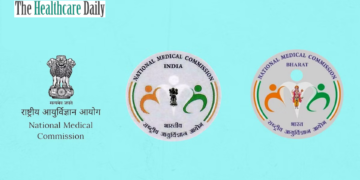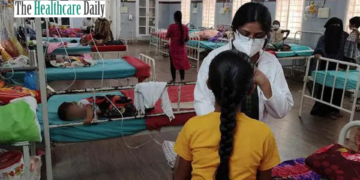Physical assault, psychological abuse, social abuse, financial abuse, and sexual assault are all examples of violence. The aggression might be intermittent, infrequent, or chronic in nature. “Domestic abuse isn’t just a debate. It’s a pattern of one individual exerting coercive control over another.
Abusers utilise physical and sexual assault, threats, emotional insults, and economic hardship to control and manipulate their victims.”
Against Women
Women’s violence is a prevalent issue that has horrifying physical, sexual, emotional, psychological, and economic effects for girls and women.

“Violence against women” refers to any act of gender-based violence that causes or is likely to cause bodily, sexual, or psychological injury or suffering to women, including threats of such acts, coercion, or arbitrary deprivation of liberty, whether in public or private life.
In 2019, over 19 women out of every 100 thousand across India experienced domestic abuse in some form. In the past few years, the number of these cases went down gradually except in 2019.

The Protection of Women from Domestic Violence Act was enacted by the Indian parliament in 2005 to protect women from domestic violence. However, many varieties of crime go unreported.
Over a quarter of women aged 15 to 49 who have been in a relationship have experienced physical and/or sexual violence at the hands of an intimate partner at least once in their lives (since age 15).

Lifetime intimate partner violence prevalence estimates range from 20 per cent in the Western Pacific, 22 per cent in high-income countries and Europe, and 25 per cent in the WHO Americas Regions, to 33 per cent in the WHO African region, 31 per cent in the WHO Eastern Mediterranean region, and 33 per cent in the WHO South-East Asia region.
Effect on the victim and the family:
1. Physical Effects – A domestic violence episode can result in bruises, broken bones, head injuries, lacerations, and internal bleeding, all of which require medical attention and hospitalisation. Victims who become pregnant while in a domestic violence relationship are at a higher risk of miscarriage, pre-term labour, and foetal harm or death.
2. Psychological Effect – Victims who are still living with their offenders frequently report significant levels of tension, worry, and anxiety. As victims are made to feel guilty for ‘causing’ the abuse and are typically subjected to harsh criticism, depression is prevalent.

3. Effect on children- There has been a growing recognition that a child who is exposed to domestic abuse during his upbringing would experience developmental and psychological problems (Dodd, 2009). Increased aggressiveness, anxiety, and changes in how a child interacts with peers, family, and authorities are some of the emotional and behavioural problems that can arise as a result of domestic abuse.
Also Read: Scientists Develop New Bioink That Creates 3D Printing Of Organs Closer To Reality






















